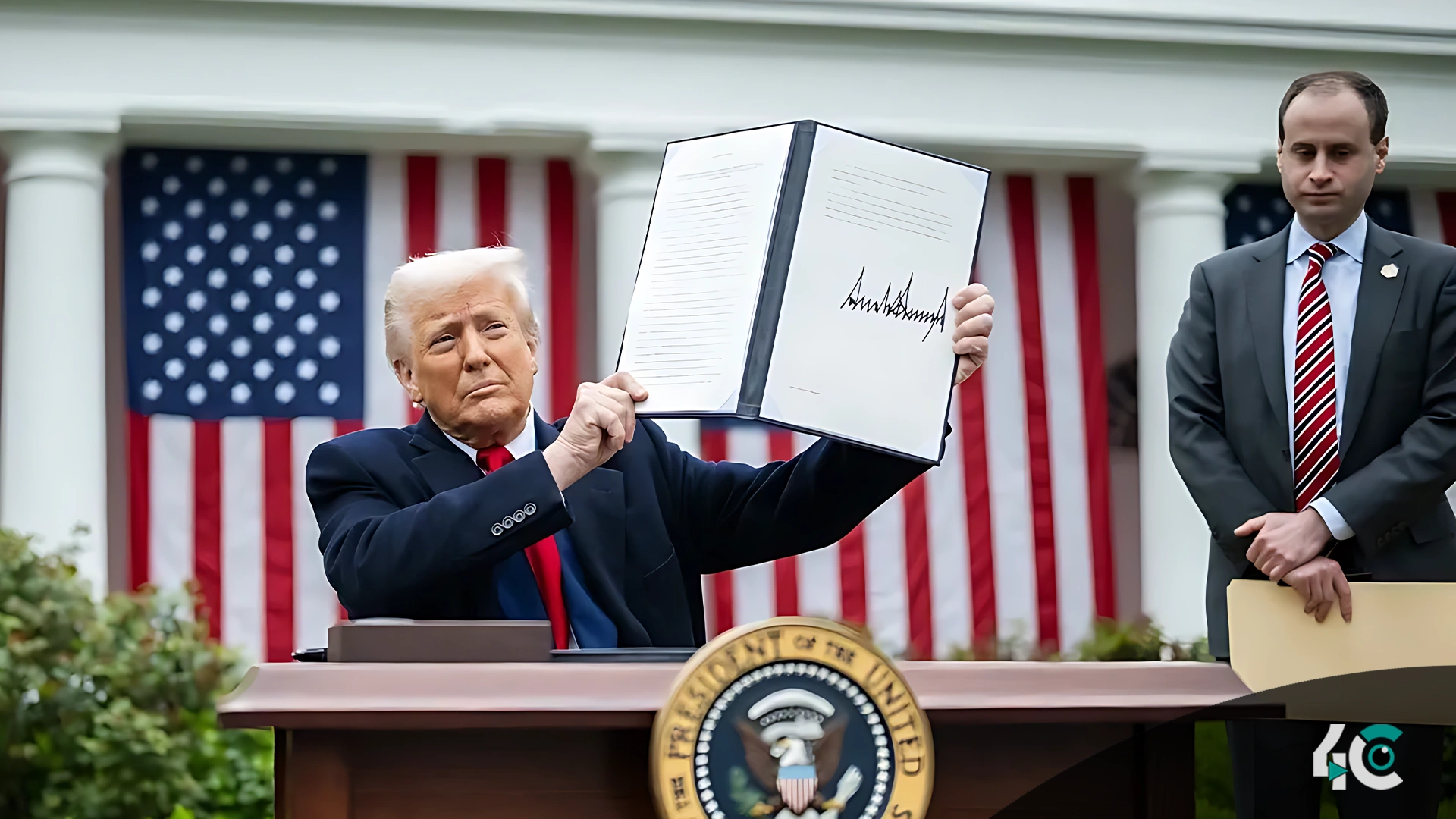U.S. President Donald Trump has announced a bold new tariff regime. He is imposing a 10% blanket tariff on all goods imported while imposing reciprocal levies on trading partners as well. The shift is one of the largest in customs in 40 years and has garnered mixed reviews globally.
The new framework sets reciprocal tariffs at about half the rate other countries impose on US goods. So, for instance, if the Chinese impose a 67% tariff on US imports, the US will impose a 34% tariff on Chinese goods. Furthermore, all auto imports will have a flat tariff of 25%.
Trump presented these tariffs as a way of reintroducing formerly profitable policies and suggested that taxes could also take the place of income taxes to fund the federal government. Howard Lutnick, Secretary of Commerce, said a switch from the Internal Revenue Service to an “External Revenue Service” was a beneficial idea.
Global Reactions.
The new tax plan has rattled markets globally, with governments rushing to fix any resulting damage.
China should roll back tariffs of over 50%, or these measures will destabilize the global economy, Beijing said. Chinese government officials hinted at possible counteractions, like adjusting their currency and limiting rare earth metal exports.
The EU must pay a 20% tariff for every good sent to the U.S. European leaders condemned the move, whose war impact will threaten trade and swing steep charges on each other’s goods.
Britain initially imposed a 20% tariff, but it later reduced it to 10%. But there are fears over job cuts or slowing economies.
South Korea will make an all-out response after the U.S. imposed a 25% tariff on its exports. The auto sector, a crucial component of South Korea’s economy, is poised to bear the brunt.
Japan: The government in Tokyo has voiced strong opposition against the tariffs, saying that these are “extremely regrettable.” Moreover, Japanese carmakers expect to suffer major losses because they account for a big part of Japan’s exports to the US.
India: India will face a 26% tariff as Trump calls the country’s trade policies “tough.” The government is investigating how to ease the tensions by negotiating a decrease in tariffs on US imports.
Both countries’ leaders denounced the action, saying it would damage long-term partnerships and was unwarranted since they weren’t rivals.
Even though they won’t be affected by the latest tariffs, Canada and Mexico will still be faced with earlier 25% tariffs on steel, aluminum, and cars. Canadian and Mexican officials are exploring measures to address proposed tariffs.
With the new tariffs, countries are contemplating their next course of action as trade dynamics undergo a radical shift. It is not certain whether the measures will strengthen the U.S. economy or launch an enduring trade war.
































